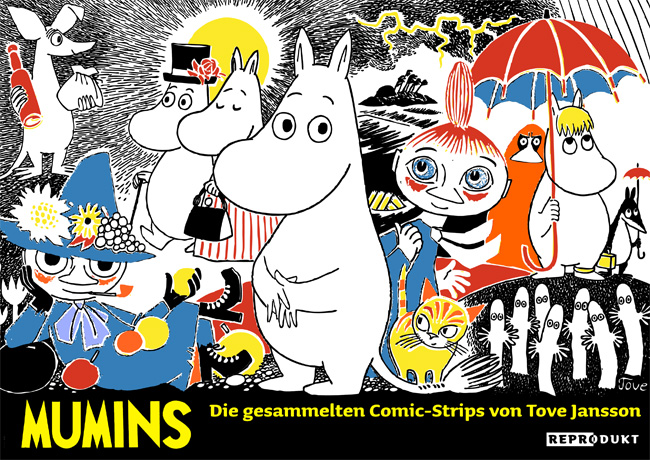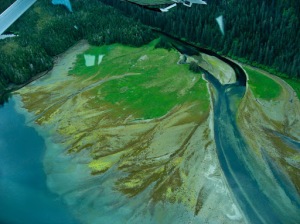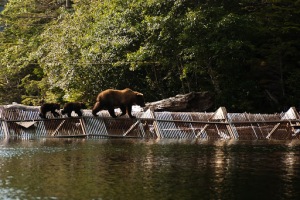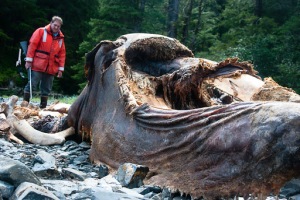Category Archives: photography
Tidepooling: Umbrella Crab
Two weeks ago I went to check out the lowest tide of the month. It happened to be at 8:06 am, so I took the morning off to go to the beach!
The low lying rocks were absolutely covered with long ribbons of kelp, which made it kind of treacherous to walk through. It also had a stronger rotting stench than I remember from other beaches. But once I got down there, and starting moving the kelp aside, I found some cool things underneath.
For instance, this pink crab! Pink!

I’ve never seen a crab like this little guy before. He’s well disguised to look like a rock covered with coralline algae, except that rocks don’t move around. He skittered a bit, so I saw him and got him and got a couple pictures before he walked himself off the rock where I set him and into a deep crevice, where I couldn’t even see him.

It’s a little bit blurry, but look at his funny little face! He’s so cute. It’s like if Tove Jansson designed a crab, this is what it would look like. I don’t think you can tell, but he has a little nose like Little My. If you’re not familiar with Little My, she’s the one with her hair in a bun.

I’d never seen a crab like that before, in color or in shape. I asked around and got the email for someone at the Alaska Department of Fish & Game who is into the intertidal critters. I sent him the pictures and he wrote back to say that it is a Cryptolithodes sitchensis, commonly called an umbrella crab. Wikipedia mentions that it is also called a Sitka crab, so how fitting that I should find my first one on a beach in Sitka. Check out the wikipedia page, they come in a wide range of colors. Very cool critters!
Flightseeing: Baranof & West Chichagof
Here’s some of the pictures from the flightseeing trip I got to sit in on earlier this month. In the last couple weeks things have suddenly been real busy, and I have a couple more sets of pictures in the pipeline.
This flightseeing trip was with some folks from the Alaska regional office of The Wilderness Society, who were showing their Senior Vice President of Conservation around the state, to see how awesome it is. TWS contributed funding for my position, so I got to go along for a bit.
We took off in a floatplane (a De Havilland Beaver, I believe) and headed west from Sitka towards Mount Edgecombe, which is picturesque, except that it was shrouded in clouds. Although we couldn’t see much of the high elevation sights, there was plenty to look at on the lower levels. For instance, here’s what happens on the land that is disturbed by logging roads and such.

All the rounded green texture is red alder, which moves in along the logging roads. It grows fast, and isn’t as commercially valuable as the spruce, hemlock or cedar. Below you can see the line of a road along the left side, then yellow green is new conifers growing back. On the right side you can see some uncut forest. It is speckled with gray – that’s yellow cedars which died up to eighty years ago, but which stay standing. When I first flew into Sitka, I assumed the dead trees were victims of the spruce bark beetle, which wreaked havoc in my home region, the Kenai Peninsula, but that’s the not the case at all. As the post glacial landscape here continues to evolve, or because of climate change, or because of the natural lifespan of a yellow cedar, they die. The wood is exceptionally resistant to decay and bugs (think cedar shavings, cedar chests, cedar homes), so it takes decades for the trunks to fall over.

In addition to flying over old and young growth forests, we flew over a lot of muskeg and a lot of coastline. From above, this beach looks about like places I saw on the Big Island in Hawaii last month, unless you can see its a conifer forest, not a jungle. Colder water, too!

Although the Tongass National Forest is well known for its trees, half of it is not forested at all. There are mountains and muskegs and rivers and lakes, but now that I’m here I see that a dominant characteristic is shoreline. Geographically, this area is the Alexander Archipelago, made up of thousands of islands.


The above group of islands is appropriately called the Myriads. I’m told the ones on the outside edge host a sea lion colony, which makes a ton of noise if you’re camping nearby.
Below is another important piece of the coastal ecosystem – an estuary. Where a freshwater river runs out into the sea, spreading out sediments, making new land for lots of green things to grow on. In the spring and early summer (i.e. now) the bears come down to these areas to eat grasses in the estuaries. Later in the year the bears will be back to these areas, of course, when the salmon arrive and start heading upstream.
 When we were in Hawaii, driving through the lush tropical jungle, there was a place where the guidebook claimed we would see shades of green we’d never seen before. Seeing these estuaries, I don’t think Hawaii has a monopoly on vivid greens.
When we were in Hawaii, driving through the lush tropical jungle, there was a place where the guidebook claimed we would see shades of green we’d never seen before. Seeing these estuaries, I don’t think Hawaii has a monopoly on vivid greens.

We flew up the coast of West Chichagof and Yakobi Islands, a big chunk of which is a Wilderness Area, and counted about five boats. Then we cut across West Chichagof to Chichagof proper and stopped at a spot called Sitkoh Lake, which will be a restoration area soon. There are two Forest Service cabins on the lake, and we stopped by one of them and took a little walk in the marshy area at the head of the lake.

There were a lot of deer tracks in the mud, including some from a fawn that were absolutely tiny – about an inch long! We mucked about in the fen, and I decided that definitely needed to get on it and buy a pair of extra tuffs, the ubiquitious brown rubber boots that are called Sitka slippers if you’re in Sitka, or Ketchikan slippers if you’re in Ketchikan and probably Juneau slippers, Petersburg slippers, Kodiak slippers, too.
I saw a bit of movement down in the vegetation and found a toad, which everyone else took pictures of. He was two or three inches long, and had some yellow spots on his feet, but I couldn’t take a picture, because I was holding him, so here’s a wildflower that likes wet areas, called a shooting star, instead. Imagine the toad sitting underneath it, telling stories to his grandkids about the time he was captured by giant monsters with dry skin and flashing lights.

Back in the plane, they all insisted that I should sit in the front, so I got a good view. We flew across the mountains of Baranof Island back to the side that Sitka is on, but it was a lot of clouds that don’t make for good pictures. Here’s another verdant estuary, though.
Here’s Sitka from the air. The main town is on the left; the airport is on the island on the right.

I’m pretty sure that they artificially extended the island to make the runway.
So that’s the flightseeing. If you ever find yourself up here and want to go flightseeing, then the folks at Harris Air are the ones you want to talk to.
Photos from Yunnan
A couple photos from the Yunnan trip. I’ll work on getting the rest of the good ones up to my Flickr photostream tomorrow.
One of the sights of Kunming is a pair of pagodas which face each other at either end of a street. At the West Pagoda, was also this building, which had mysteriously had its front wall removed. Very odd, but not overly surprising (it’s China, everything is under construction), and made for an interesting image.
Also ran across this on the streets of Kunming. It wasn’t the only one either. It occurred to me somewhat later that maybe it is to cater to all the short-legged doggies that trot through the streets.
At the East Pagoda I paid a small fee to enter the walled garden surrounding it. I never got around to really inspecting the pagoda itself because I almost immediately got caught up watching mahjong. I have a sketchy understanding of the game, thanks to coworker back in Seattle who has patiently tried to teach a number of us how to play. It’s not actually as simple as match the tiles — that’s only the American computer version.
I’m often shy about taking photos of people. In this case I compromised between really wanting to photograph the scene (there were some very amazing elderly faces – one guy with absolutely huge coke-bottle classes) and not wanting to disturb the game to ask (plus not having the language skills to ask) with photographing hands instead of faces.
As you may or may not know, there is a Muslim population in China. In Yunnan there were a number of restaurants with signs out front in Arabic as well as Chinese. This man had no sign, but he sold me some tasty food on a stick. This was in a tourist-ridden shopping area of Kunming, so I figured he was probably used to having his photo taken. He seemed indifferent, overall.
Wandering around later, I found an indoor-outdoor market. There were living and less-living animals, and sacks of grain and spices as well as vegetables, with an accompanying smell and flies in the meat section. I find it fascinating that they have squash this big — seriously, they are three feet long and look like they must be radioactive zucchini, or something.
The man selling the vegetables, though, was thoroughly immune to their amazingness and gave me an extremely puzzled look which indicated he did not understand why some crazy white girl was photographing his vegetables.
Also, the man in the back of the photo is spritzing his veggies with water, with a handy homemade device. Take a plastic pop bottle, poke a couple holes in the lid. Fill the bottle with water, attach lid, hold upside down and squeeze. No spring loaded thingmabobs required for spritzing in China.



